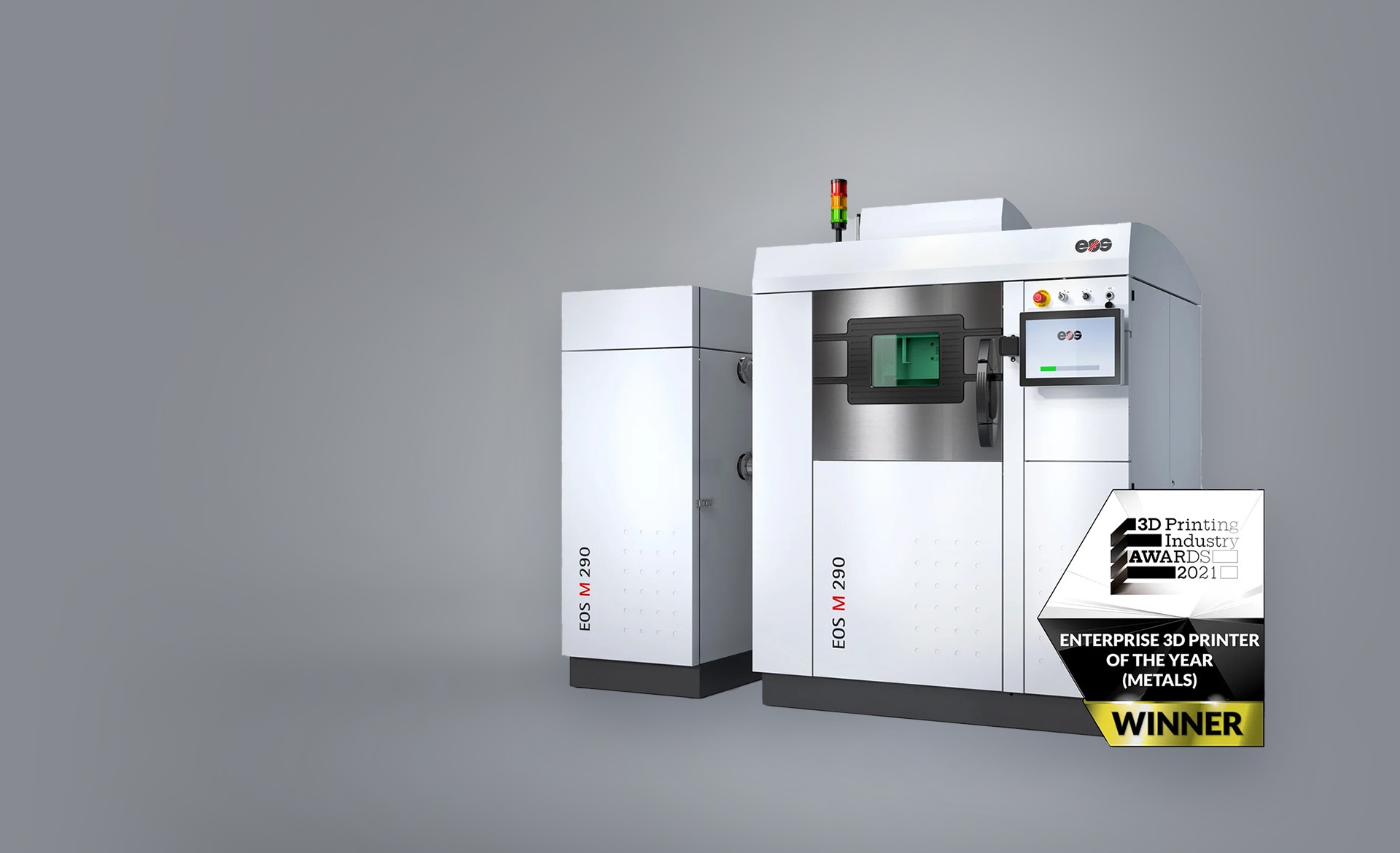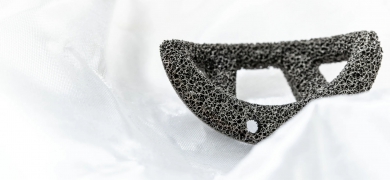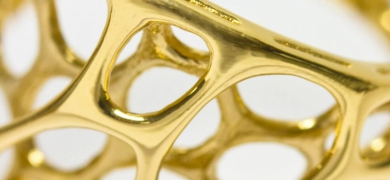

EOS M 290
Award Winner Metal 3D Printer
The most extensive materials portfolio on the market
Powerful 400-watt fiber laser for excellent detail resolution
A robust and well-established system with a vast range of applications
Reproducible Part Quality
The exceptionally high beam quality of the laser spot and the excellent detail resolution are ideal for producing highly complex components with homogeneous properties.
Broad Portfolio of Materials
With the most extensive range of validated materials and processes available on the market, all customer needs are covered.
Comprehensive Quality Management
The comprehensive monitoring suite enables quality assurance of all production- and quality-relevant data in real time.
Technical Data EOS M 100
- Construction Volume
- 250 x 250 x 325 mm (9.85 x 9.85 x 12.8 in) (height incl. build plate)
- Laser Type
- Yb-fiber laser; 400 W
- Precision Optics
- F-theta-lens; high-speed scanner
- Scan Speed
- up to 7.0 m/s (23 ft./sec)
- Focus Diameter
- 40 µm (0,0016 in)
Compatible materials
- Aluminum AlSi10Mg
- CobaltChrome MP1
- MaragingSteel MS1
- StainlessSteel 316L
- Titanium Ti64
- Copper Cu
- NickelAlloy IN625
- CaseHardeningSteel 20MnCr5
- Aluminum AlF357
- Aluminium Al2139 AM
- StainlessSteel CX
- ToolSteel 1.2709
- ToolSteel CM55
- StainlessSteel 316L VPro
- StainlessSteel 17-4PH
- StainlessSteel 254
- StainlessSteel SuperDuplex
- StainlessSteel PH1
- Titanium Ti64ELI
- Titanium Ti64 Grade 5
- Titanium Ti64 Grade 23
- Titanium TiCP Grade 2
- NickelAlloy IN718
- NickelAlloy IN939
- NickelAlloy HX
- NickelAlloy HAYNES® 282®
 3D Printing in Medical Technology
3D Printing in Medical Technology
Additive Manufacturing for Orthopedic Technology
EOS additive manufacturing technology creates precisely fitting instruments and implants directly from CAD data.
The process manufactures implants based on anatomical data collected from the wearer and allows them to be delivered quickly. This avoids any waiting times or complications due to extended periods of inactivity, so the implants fit better. It also speeds up the healing process as a whole and has a lasting positive impact on the patient’s quality of life.
More information → Gold, Silver, Platinum and Palladium
Gold, Silver, Platinum and Palladium
Digital Production of Jewelry & Watches
Using CAD model data, 3D printers are used to build elegant jewelry articles layer by layer – without the process leaving any recognizable marks behind. The appearance of the finished products rivals artisanal blacksmithing in every regard. AM also allows the reduction in the cost of materials. By integrating empty spaces into the design, work pieces can be made more cost-efficiently and easily in a manner that saves resources.
More information → 3D Printing in Practice
3D Printing in Practice
More Energy Efficiency With Additive Manufacturing
For many applications, sophisticated cooling technology is important. For gaming PCs, data centers, automobiles, LED modules, the chemical industry and many more; wherever you need to dissipate heat, heat exchangers and cooling elements are essential. Their size is often a challenge. For example, hand-held electronic devices need to house increasingly powerful technology that requires cooling. In addition, they need to integrate new functionality quickly, meaning that the heat problem needs to be solved again and again. This quickly pushes conventional production processes to their limits.
More information →

